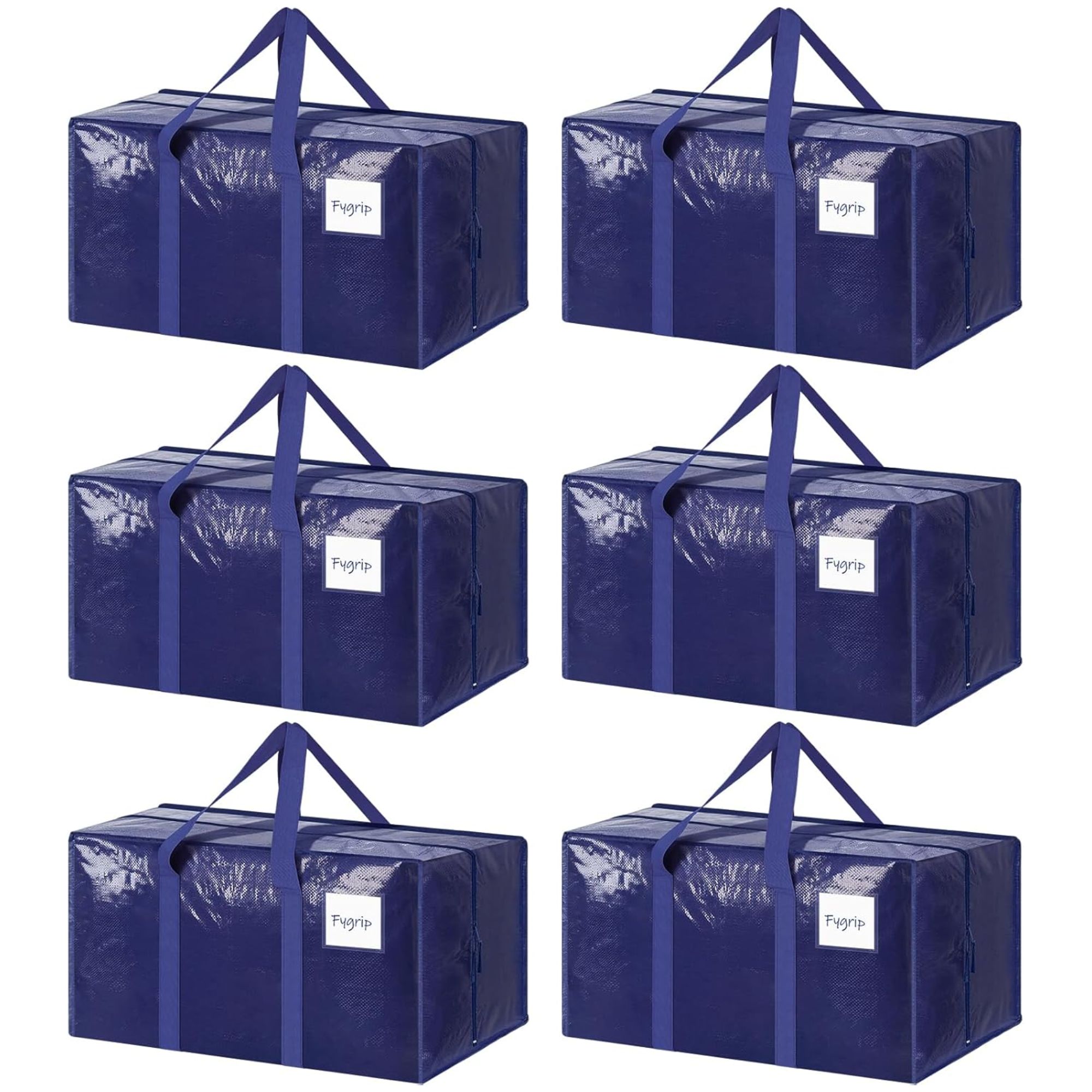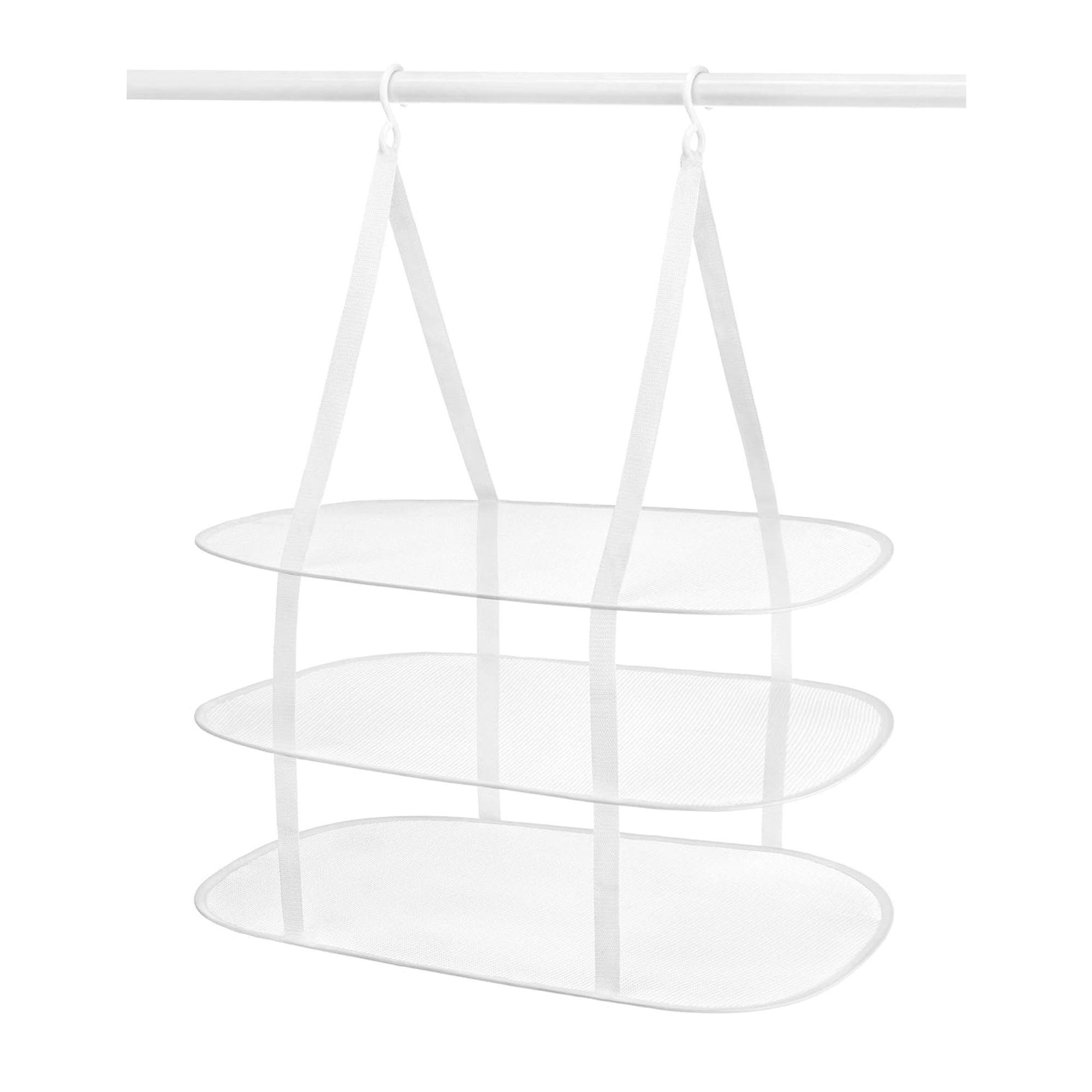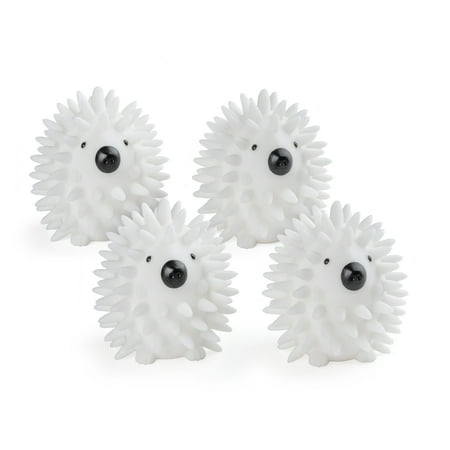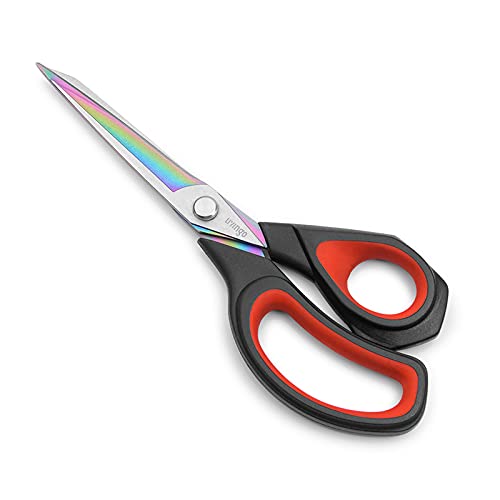How to wash, dry, and care for pillows – our ultimate expert guide for banishing bad odors, stains, lumps, and bumps
Expert insight for pillow perfection


They're one of the most essential household items for ensuring a comfortable night's sleep, but do you know how to wash, dry, and care for pillows correctly?
Errors in this type of cleaning can damage your pillows, make them lumpy or smell moldy.
Here, professional cleaners share their top tips for caring for your best pillows properly, ensuring they'll last for years to come.
How often should you wash pillows?
It's an easy task to forget, but cleaning your pillows is key to keeping them fresh, ensuring better relaxation and comfort.
However, how often you should wash your pillows is highly influenced by the type of pillow you have, as well as individual factors such as allergies and sleeping habits.
Here's what the pros recommend:
- Pillows will need cleaning every three to six months to remove dust mites, sweat, and body oils. If you suffer from allergies or asthma, consider washing your pillows every two months for a healthier sleeping environment. Importantly, feather pillows should be washed less, around once or twice a year, to protect their natural fill.
- Pillowcases should be washed every one to two weeks.
- Pillow protectors should be laundered every two to four weeks.
- Throw pillows should be washed at least once a quarter. This will, however, depend on how, where, and how often they are used. If you allow your pets on the sofa or bed, you may want to consider washing them more regularly.
How to wash a pillow

It is possible to wash pillows and keep them hygienic and fluffy with these expert tips
Knowing how to wash pillows is essential to keep every bed in your home hygienic, but it can be tricky to get right.
Design expertise in your inbox – from inspiring decorating ideas and beautiful celebrity homes to practical gardening advice and shopping round-ups.
As a rule, how to wash a pillow will depend on what it's filled with. ‘Always check the manufacturer’s instructions before washing a pillow,’ says Drew Miller, a VP at Sit ’n Sleep. ‘Most can be machine-washed, but some may need to be dry cleaned.’
The laundry symbols on each pillow’s tag will let you know about individual care. As a general rule, it's safe to assume that more fiberfill, cotton, feather, or down pillows can be washed in the washing machine, while any that are made with latex or memory foam cannot.
Here's how to wash pillows in the washing machine:
- Remove any pillowcases, shams, or pillow protectors – you can put these into the washer at the same time as the pillows if you wish.
- Add detergent, such as the ARM & HAMMER™ Deep Clean Odor Formula Liquid Laundry Detergent available at Amazon, then program in a gentle, warm wash cycle. If possible, set your washer to a second rinse cycle. Otherwise, wait for the program to finish and run a second rinse and spin cycle.
- After the spin cycle has finished, check how wet the pillows are. If they are still heavy with water, spin them again. The aim is for them to be damp rather than wet and dripping.
To protect your washing machine, wash two pillows at once – this will keep the washer balanced since wet pillows are very heavy when spinning.
How to wash a memory foam pillow
You cannot wash memory foam pillows in a washing machine, but there are other options for cleaning them. If the label doesn't advise dry cleaning only, you may be able to hand-wash yours.
- First, remove the covers, shams, and protectors, and put these in the washing machine on a medium to hot wash.
- Start with vacuuming, then spot cleaning your memory foam pillow with a damp cloth dipped in a solution of warm water and washing detergent.
- Repeat if necessary.
- If this doesn’t work, fill your laundry room sink – or bathtub – with a few inches of warm water (just enough to cover the depth of your pillows), adding liquid detergent as you run the faucets, so that you have a shallow bubble bath for the pillow.
- Immerse the memory foam pillow in the water, moving it about and gently squeezing and massaging it to work the water and detergent through it.
- Let the water out of the sink or bathtub and run the clean, warm water over the soapy pillow, gently squeezing it until the water runs clear.
You can also clean with baking soda to freshen up pillows in-between washes.
‘Take off the pillowcase and lie the pillow on a flat surface,’ says Carl Walsh, owner of Bed Guru. ‘Sprinkle baking soda over your pillow before leaving it in direct sunlight for around two to three hours. Then vacuum off the baking soda thoroughly. It should be smelling good as new.’
How to wash feather pillows
Can you wash a feather pillow? While you might be sure about washing the pillowcase that protects it, what’s required to clean the feather pillow inside can be more of a puzzle.
The good news about feather pillows is that it’s often possible to wash them. ‘While you should always follow your pillow’s care instructions on its tag, you can typically wash a feather pillow,’ says Brianna Auray of Mattress Clarity. Here's how to wash them in the machine:
- Remove any protectors or covers.
- Select a gentle cycle.
- Sparingly use a neutral detergent. Importantly never use fabric softeners, advises Wayne Edelman, CEO of high end dry-cleaning service Meurice Garment Care.
- Allow to dry thoroughly before using or storing.
You can hand-wash a feather pillow as an alternative to putting it into the washing machine, but it’s the cover of the pillow that should be washed rather than the feathers, says Wayne.
‘You should not saturate the feathers while hand washing,’ he explains. ‘Lightly sponge on a mild detergent and water mixture and sponge with clean, cool water to remove soap.’
How to wash a body pillow
Body pillows can be a fantastic way to get full-body comfort when snuggling down to sleep at night. However, their size and comfort come at a cost – they need to be washed just as much as you would wash the rest of your bedding.
Unlike washing normal pillows, body pillows can sometimes be too large to fit in even the best washing machine, and their plump stuffing means they can take an age to dry thoroughly enough to use again.
So, how do you wash a body pillow? Here's what the pros recommend:
- As always, check the care label, and launder protectors, shams, and covers separately. Kim Romnie, P&G fabric care scientist, adds, 'While you are checking the label, take the time to also check the pillow for any signs of wear or damage, too. Check seams for durability, and mend any shaky seams before laundering.’
- Washing them in the washing machine: For smaller body pillows, you might find that they are machine washable, says Daniel Feliciano, co-founder and CEO of Clotheslyne.He advises, 'Be sure to wash the pillow on a delicate cycle with mild detergent and add some towels to balance the load. Select a low spin setting to avoid clumping. Rinse the pillow to remove the soap thoroughly.’ Importantly, just because a body pillow is machine washable, it doesn't mean it will always be suitable for your washing machine. Consider your washer's load limit and drum size to avoid the common washing machine mistake of overloading the drum.
- Or, hand wash larger body pillows: ‘If the body pillow is not machine washable, you must hand wash the body pillow,’ Daniel continues. ‘Fill a bathtub or large basin with lukewarm water and mild detergent to hand wash. Immerse the pillow, gently agitate it by hand, and let it soak for 15 to 30 minutes. Rinse thoroughly with clean water until all soap is removed. Gently squeeze out excess water, and do not wring the pillow. Otherwise, it might go out of shape.’
- Freshen up between washes: Given that washing a body pillow can be a laborious process, it helps to pick up a few quick to keep the pillow fresh and preserve your sleep hygiene between washes. Kim Romnie recommends getting a removable cover for your body pillow that can be washed more frequently, for instance. ‘If you experience stains or soils like makeup or dirt on your pillow between washes, you can also spot clean by making a solution with water and Tide Free and Gentle liquid, available at Walmart,' she says. Take a cloth and gently rub the stain with the detergent solution, repeating until the stain is gone. You should then rinse the spot with a cloth soaked in clear water and let air dry. You can also use a product like Tide Antibacterial Fabric Spray, also available at Walmart on the pillow between washes.’
How to dry pillows after washing

Most pillows can be air-dried or put in the dryer on a low-heat setting
Most pillows can be air-dried or put in the dryer on a low-heat setting – double check the care label so that you don’t tumble dry a pillow that shouldn’t be.
The exception is down or feather pillows. ‘Although it will take longer, use the dryer's no-heat setting to avoid the feathers being singed and leaving the pillow with an unpleasant odor,’ says Drew Miller. Don’t risk putting foam pillows in a dryer – they can set alight if they get too hot.
Memory foam pillows need drying gently – flat on a dry towel or rack, such as the OXO Good Grips Folding Sweater Dryer available at Amazon, in fresh air, preferably sunshine, but not in a dryer, as the heat can damage their structure.
Expect drying to be slow – and only put the pillowcases or shams back on your pillows once they are fully dry. To check they are dry right through to the center, press your hands and face into the pillows. If they are still damp, repeat the drying cycle until they are.
Pillow troubleshooting

Deal with stains and flatness like a pro
How to stop pillowcases from turning yellow
When your head hits the pillow, you want it to be a clean one. And when you think about it, it's only natural that stains appear on our pillowcases over time. After all, we spend hours with our skin up close and personal with our pillowcase every night.
So, how do you stop pillowcases from turning yellow? Here's what the pros recommend:
- Wash them regularly.
- Identify the cause of the stain: 'Yellow-stained pillowcases can be unsightly and bothersome to clean, but often this is because you’re not using the right treatment for the type of yellow stain,' says Kathleen Bell, smol’s sustainable cleaning expert. 'Discoloration can be caused by several different factors so before jumping into cleaning, I would recommend first identifying the cause of the staining.' More often than not, advises Jin Chon, Co-Founder of Coop, 'Pillows turn yellow for a variety of reasons, mostly drool, sweat, oil, and if you go to sleep with your hair wet, this can also cause yellow staining. Gross but true. In order to prevent your pillowcases from turning yellow, it's actually best to use a waterproof pillow protector,' such as the Utopia Bedding Waterproof Pillow Protectors available at Amazon.
- Consider if your bedtime routine is making things worse: Other tips for preventing stains include ensuring your hair is 100% dry and free of product before going to bed to avoid pillow stains caused by moisture and hair products. Excess skincare products will inevitably leave behind oils, too. Avoid using bleach, as, aside from the harsh chemicals, this won't actually remove grease stains.
- Try an enzyme-based cleaner: Kathleen recommends steering clear of any bleach-based cleaners and choosing an enzyme cleaner instead. 'Most stain removers simply bleach your clothes clean by using high concentrations of harsh chemicals that can damage fabrics and even irritate the skin,' she explains. So if you’ve tried various methods but your yellow stain still won’t budge, then you can also try using the Zout Triple Enzyme Formula Laundry Stain Remover available at Amazon. This will break down the proteins of common stains.
- Know when to replace them: If your pillowcases are beyond the point of repair, you'll need to refresh your sleep space. As for how often should you change your pillow, it's a lot more frequently than you might think – roughly every three years.
How to fluff pillows
There’s nothing cozier than lying your head down on a cool, squishy pillow. No one wants to sleep on a lumpy, deflated surface, so fluffing can restore your pillow to its best.
Sure, it's not the end of the world if your pillow isn't fluffed up, but it can make a difference in your comfort. It can also make your pillows last longer, too. Rick Rome, CEO and founder of WashClub, says that ‘Properly fluffing your pillows can help restore their shape, maintain their comfort, and prolong their lifespan, ensuring a cozy and supportive sleep experience'.
We've found the best methods that go the extra mile for the fluffiest, softest pillows imaginable:
- Fluff your pillows by hand: The fastest way is the most obvious. Christina Heiser from Saatva, says that ‘the simplest way to fluff a pillow is by hand, following a few simple steps. Grab the pillow on both short sides, hold it in the air, and quickly compress and decompress it. Do this several more times, continuing for about 30 seconds.' The next step is to rotate the pillow and knead it along the long sides. 'Put your pillow down and simply knead it a little bit as if it were a ball of dough,' says Christina. 'Rotate the pillow 90 degrees, grabbing it now on the longer sides, and repeat this process for 30 more seconds to evenly redistribute the fluff'. The point of this is that it breaks up any lumps of filling and puffs up the pillow with air.
- Dryer and tennis ball method: If the classic fluffing method isn't working for you, there are other options you can try. A more unconventional technique is using a tennis ball, or dryer ball, and your dryer, if you have one. The idea is that the ball tumbles around the dryer with the pillow, beating out any lumps and fluffing it up. You can also buy hard dryer balls, like these available at Amazon, that are specifically designed to break up lumps and aerate your laundry as it dries, making the whole process faster. However, you don't need them – a tennis ball will do the same job. Whatever you do, keep the dryer temperature as low as possible, as high heat can damage some pillow fillings. Memory foam, in particular, should not be treated with high heat.
- Hang it outside: A low-maintenance technique to fluff your pillows is simply to hang them up outside in the sun. It sounds like this wouldn't do anything, but it can be incredibly effective. The breeze flowing around and through your pillow will slowly fluff them back up, and the air will be fresher than if you just fluff the pillows up in a bedroom. If you don't have a clothesline, you can just sit them on top of a drying rack, such as the SONGMICS Clothes Drying Rack available at Amazon.
These techniques aren't just useful for pillows. You can use all of these methods on thick duvets, comforters, and down pillow-tops to make your entire bed feel brand-new.
How to store pillows

'The way we store pillows really matters'
As Tina Priestly, CEO and home declutterist of the professional organizing firm Ready, Set, Refresh, says, 'The way we store pillows really matters.'
She explains, 'If they are just shoved in a closet, they can lose their shape, collect dust, or absorb bad smells. With the right storage, pillows can stay clean, fluffy, and ready whenever you need them.'
Here's what she suggests:
- 'Bulky pillows fit perfectly in jumbo zippered storage bags,' she says, such as the Fab totes Storage Bags available at Amazon. 'They are easy to pack in a closet, lightweight, and breathable.'
- 'Stacking sturdy fabric storage bins with handles on closet shelves is a terrific idea. They protect pillows while being accessible when needed. The Clear Large Storage Bags available at Amazon are one example.'
- Tina also recommends making use of underbed storage ideas. 'If your closet is small, containers are a good option,' she says. 'They slide directly beneath your bed, protecting the pillows from dust while keeping them hidden.' Tina suggests the Clear Storage Bags with Zipper and Handles available at Amazon for this, which feature a slim and narrow design.
'Place a cotton pad inside the bag or bin with a few drops of essential eucalyptus or lavender oil to keep it fresh,' she adds. 'Every time you take the pillows out again, they smell fresh and clean,' helping to make a bedroom smell good for sleep.
How to repurpose old pillows

Sustainability experts say these bulky items don't have to go to waste
We all have them – those tired and misshapen bed and couch pillows that quite frankly, need to go in the trash. But, can you repurpose old worn-out pillows? Yes, luckily you can, making it a great way to be more sustainable at home.
Here are the easy DIY projects our experts recommend:
- Turn them into comfy floor and couch pillows: Turn your old pillows into cozy, new couch and floor cushions by taking out the inner material and using them in new pillow cases. Or, if you love crafting, invest in some beautiful fabric and create a new cover for them that matches your living room scheme. If they are feeling a little thin, you can put the filling from two into one pillow to give it more shape.
- Create a new bed for your pet: Reusing old pillows for a dog bed is a great way to add extra padding.
- Use them as a draft stopper: Particularly useful in older properties, learning how to draft-proof a living room is going to save you money on your energy bills. Front and back doors can be prone to drafts, and during the colder months, you can add insulation, such as the BBTO Weather Stripping Door Seal available at Amazon, but this won't deal with the bottom gap. This is where you can use old pillows. Simply fold them in half, using a ribbon or string to keep them in place, before placing them in front of your draughty door.
- Kneel on one in the garden: There's nothing worse than sore knees – and sometimes damp ones when you've been planting in the garden. So this idea is one we very much like, and Jeremy Yamaguchi, CEO of Lawn Love agrees. 'Old pillows can be used as knee pads for gardening,' he says. 'I would just recommend covering your old pillows in some kind of plastic or water-repellent material so that they don’t absorb moisture and get gross.'
- Use them for plant insulation: Extreme temperatures can literally kill plants overnight, so when you know a cold snap is due, you can use old pillows to wrap around pots, or lay them on the ground to protect roots from frost. Similar to reusing them as a kneeling pad, you'll need to waterproof them with a tarp or an old plastic bag.
- Cut them up for cleaning rags: You can never have too many cleaning rags, and more often than not, the exterior part of your old pillows will be intact. You can then remove the stuffing – this can be used to re-stuff other pillows, or as packing material – and cut up the fabric to use for cleaning. Because the material will be soft, it can be used for buffing stainless steel and cleaning surfaces.
- Recycle and donate: If making things from old pillows isn't for you, then the next best thing is to recycle or donate them to animal shelters, local homeless shelters, daycare facilities, and charities, if they are clean and still in good shape. If they are a little worse for wear, then a textile recycling facility like the American Textile Recycling Service is a good place to start for responsible disposal.
What to shop

This stable and durable drying rack allows you to dry multiple pillows flat and fast. It's handily suitable for both indoor and outdoor use.

Using wool dryer balls saves time, money, and energy during your laundry cycle. They also help to reduce static cling, too.

These waterproof pillow cases are made of 100% bamboo, with a zippered closure for all-round protection and superior absorbency.

These bestselling large storage bags will keep your pillows free of dust, debris, damp and pests, and can easily and conveniently fold away when not in use.

These large capacity storage bags are ideal for sliding under your bed, made of a moisture-resistant, non-woven fabric that keeps your stored items fresh and clean.

These heavy-duty storage bags provide an extra-large storage capacity, with a portable design to make moving your pillows around your home, or to a new house, simple and easy.
Once you've mastered caring for your pillows, learn how to wash, dry and care for your blankets and throws.

Ottilie joined Homes & Gardens in 2024 as the News Writer on Solved, after finishing a Master's in Magazine Journalism at City, University of London. Now, as the Sleep Editor, she spends her days hunting deals and producing content on all things sleep – from mattresses and sheets to protectors and pillows, all of which she tests in her own home. She also has particular expertise in home fragrance, covering everything from candles to reed diffusers.
Previously, she has written for Livingetc and Motorsport Magazine, and also has a Master's degree in English Literature and History of Art from the University of Edinburgh, where she developed a love for inspiring interiors and architecture.





